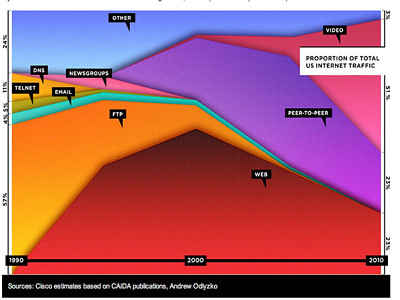Things change. Sometimes they even change fast. Phablets provide an example.
and was not having a meaningful impact.”
Things have changed. After Flurry surveyed owners of a sample of 59,214 devices worldwide, Flurry found phablet adoption (market share) almost almost quadrupled in a year’s time.
“Our data affirms what Samsung and other Android manufacturers have known for some time: consumers are hungry for bigger screens,” said Flurry. A shift in end user behavior drives the change: mobile devices are becoming major platforms for content consumption.
Over the course of a year, the installed base for phablets doubled.
Today, six percent of all mobile users routinely use phablets, compared to three percent a year ago.
The other noteworthy trend is the shift in tablet form factors, from full-size to small screens.
Small tablets grew from five percent of active users to seven percent over a year, up five percent.
Full-size tablet users also grew from 13 percent to 15 percent, growth of two percent.
As you would expect, a growing installed base of phablets translates into higher app usage and web browsing from those devices.
While they account for only six percent of active users, phablet users account for 11 percent of all app sessions, up from only three percent of sessions in 2013.
Though Apple’s iPhone 6 announcement might bring Apple into the phablet segment for the first time, Android devices own the phablet market.
Today, phablets account for 18 percent of all active Android devices compared to seven percent in 2013. Over the same time period, demand for medium-sized phones decreased nine percent, year over year.
Demand for small phones shrank four percent, year over year.
The point is that--despite some significant skepticism--phablets are showing stronger demand than many had forecast.
That might have implications for Apple, which traditionally has eschewed the phablet form factor, as well as for all suppliers of tablets.
Though Flurry finds there is not one “killer app” for phablet users. As do users of tablets and smaller smartphones, users are big on gaming, social and entertainment app categories.
There is one exception, though. “Reading books” is the category in which phablet user behavior is most noticeably different from smaller-screen smartphones. Though accounting for about six percent of the installed base, about 10 percent of “reading” time on all devices happens on phablets.
In early 2013, it might have been easier to dismission phablet demand in most developed markets, though there has been growing evidence of stronger demand in some developing markets.
To be sure, skeptics doubt phablets will get big traction in the U.S. market, even if demand internationally is expected to be significant. In fact, phablet sales are cannibalizing tablets, International Data Corp. has said.
Something similar might be noted about Wi-Fi offload, which some might characterize as complementing, and in some cases cannibalizing, use of mobile Internet access networks.
Some have suggested that the introduction of Long Term Evolution access decreases consumer usage of Wi-Fi hotspots. But most of the studies suggest that reliance on Wi-Fi remains constant, even when consumers have access to mobile networks offering much better experience than 3G networks.
Wi-Fi access constitutes between 70 percent and 80 percent of total mobile device usage, some Informa studies have found. At least so far, some studies have found that LTE users rely on the mobile network a bit more than users of devices connected to 3G networks.
That is about what one would expect if consumers have been relying on Wi-Fi hotspots because of the better experience (speed). If 4G LTE offers a satisfactory mobile experience, people sometimes will use the mobile network where they might in the past have used Wi-Fi.
An Informa survey suggests users on both 3G and 4G networks in 2013 increased their use of Wi-Fi over the course of the year.
The point is that change can happen fast in the mobile business: phablet adoption provides one example. Suddenly decelerating tablet sales provides another example.
On the other hand, reliance on Wi-Fi for smartphone access really has not shown all that much change in end user behavior as 4G LTE networks have become operational in many more markets.
Apple could ratify the change today, in announcing the iPhone 6. Update: Yes, Apple is getting into the phablet segment.

